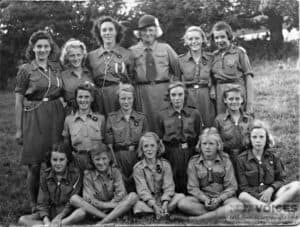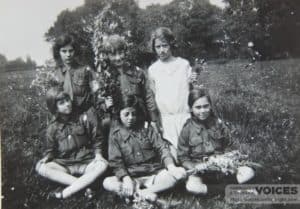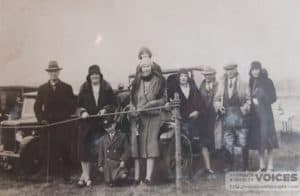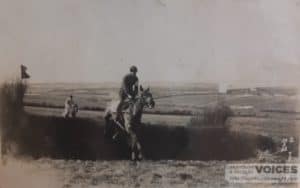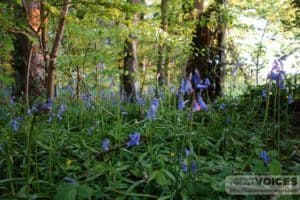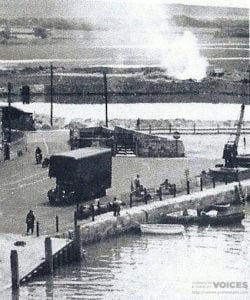One time there was a big classic football match going on up the Rec. Jim Ryall then was the Fire Chief – and he was up there watching the football .
All of a sudden two figures came up across the back of the Rec, right across the middle of the playing field and disappeared. It was Dicky Hatch and Dook Henderson. They’d only managed to set fire to the rushes down the marsh. There was a big cloud of smoke.
Somebody said, Jim, Jim, the marsh is burning. He said, let it burn. No point in getting down there with the fire engine, what was the point of that, it wouldn’t do any harm.
I can remember Rodney with his touchwood tin – he used to have a Golden Syrup tin, punched some holes in it with a bit of wire for a handle, get the old rotten wood out the middle of the trees and put something in to start it burning and of course you had a flame and if you wanted to light the marshes or something you just let go! Nothing ever blew up.
Mick, he was a bugger, he’s a bit older than us – and he was very good with these bows and arrow he used to make. We used to get in the middle of the Rec. a whole gang of us, about twenty of us, and he would fire this thing up in the air. He’d have reeds for arrows with a bit of elder for the tip and a feather and a nail stuck in it, and he’d fire it straight up in the air – a game of chicken, watching this thing to see which way it was going to go. Alec Cokes b 1945

